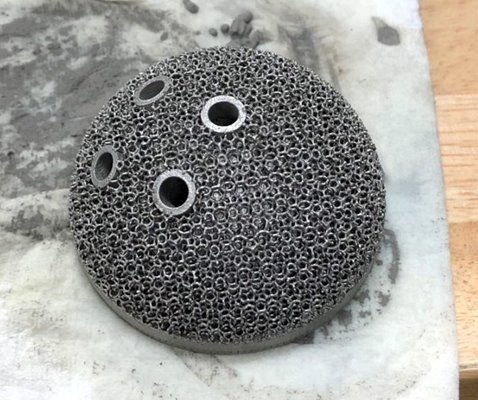This series of courses provides the key foundational knowledge to properly evaluate Additive Manufacturing (AM) as a potentially viable technology solution coupled with the in-depth technical knowledge necessary to efficiently shepherd AM parts from design, through post-processing and eventually into the market through three use cases: replication, adaptation, and optimization.
Each case study allows the learner to dive deeper into each use case and give the learner the opportunity to apply what they have learned by completing a variety of assessments and assignments.
- Replicate covers a just-in-time solution: when you're in need of an exact copy or a legacy part that no longer is in production or not readily available.
- Adapt covers a second common AM use case when you aren’t able to start fresh with a new design and want to reduce cost, enhance performance, and excessive post-processing of your part.
- Optimize provides freedom to change part geometry: ensures significant performance improvements: parts that print quickly, cost-effectively and use material most efficiently.
By completing this learning path, you will learn how to successfully:
- Gain a deeper insight into ASME’s Replicate Adapt Optimize™ Framework
- Ensure quality of a print through the use of industry best practices
- Identify and leverage the additive manufacturing design techniques that are specific to the Replicate, Adapt, and Optimize use cases.
- Ensure quality of a print through the use of industry best practices
For the full list of learning objectives and detailed descriptions for this learning path, please click on the links to the individual courses above.
Who should attend?
- Engineering teams at design and manufacturing firms, as well as individuals
- Early to mid-career engineers, including design engineers, materials engineers, manufacturing engineers, and others with an interest in design for additive manufacturing with metals
- Business Managers including directors of program management, directors of strategy/supply chain, financial analysts, or controllers
Course participants are expected to:
- Have access to CAD and know how to use it
- Maintain a basic understanding of analysis tools (i.e., FEA, CFD, and GD&T methods)
- Be familiar with traditional manufacturing processes (i.e., machining/milling, casting, and forging)
- Possess basic knowledge of engineering and intellectual property ethics, such as the ASME Code of Ethics of Engineers
- Ideally, have some experience with 3D printing and plastics/polymers (not required)
A Certificate of Completion will be issued to registrants who successfully complete each course in this additive manufacturing with metals learning path.


